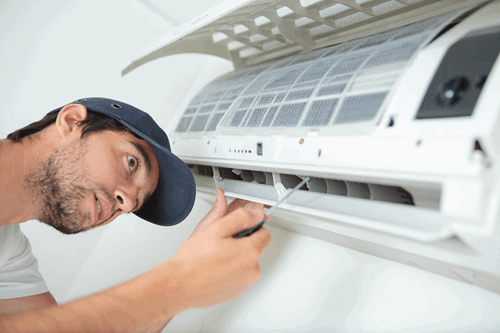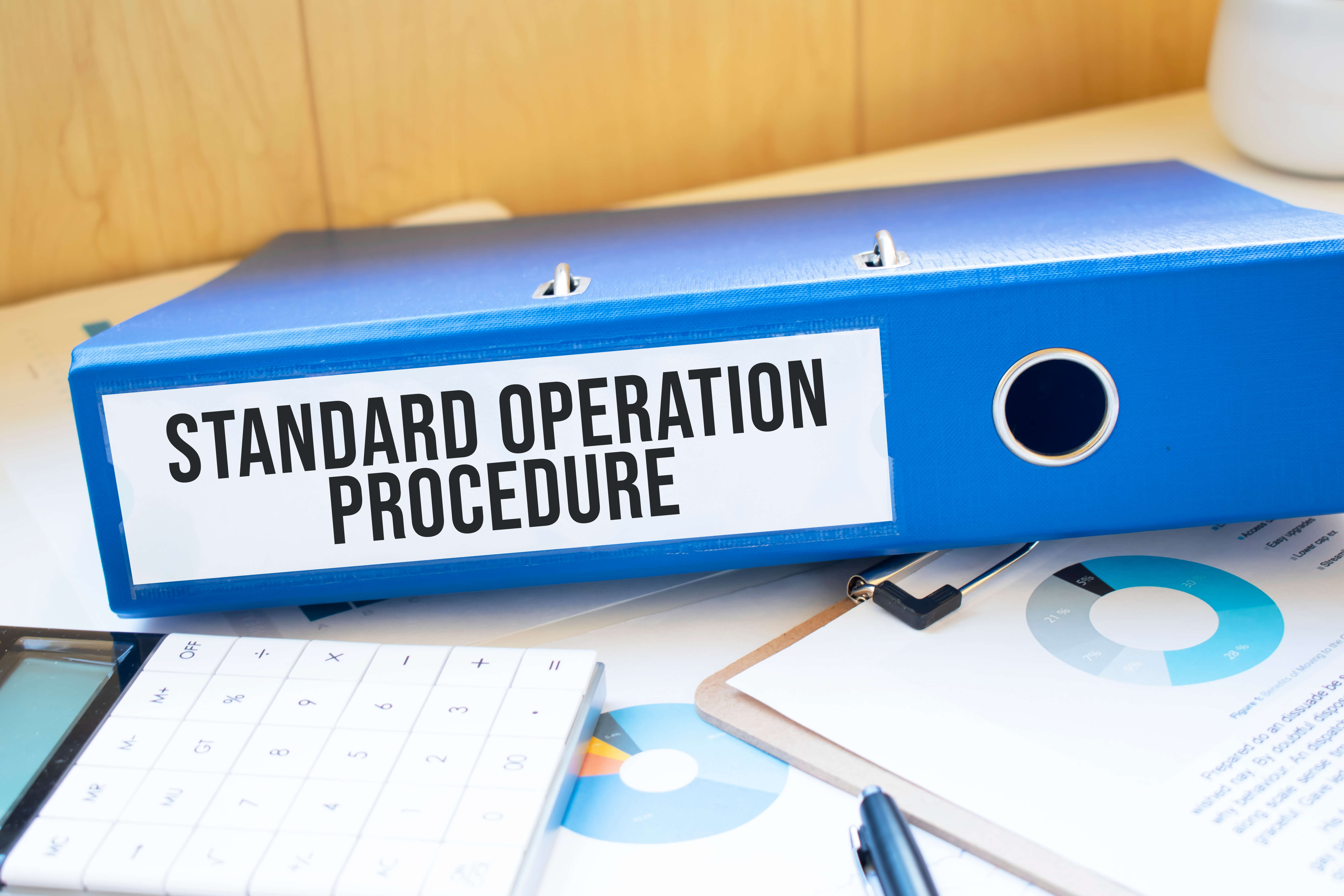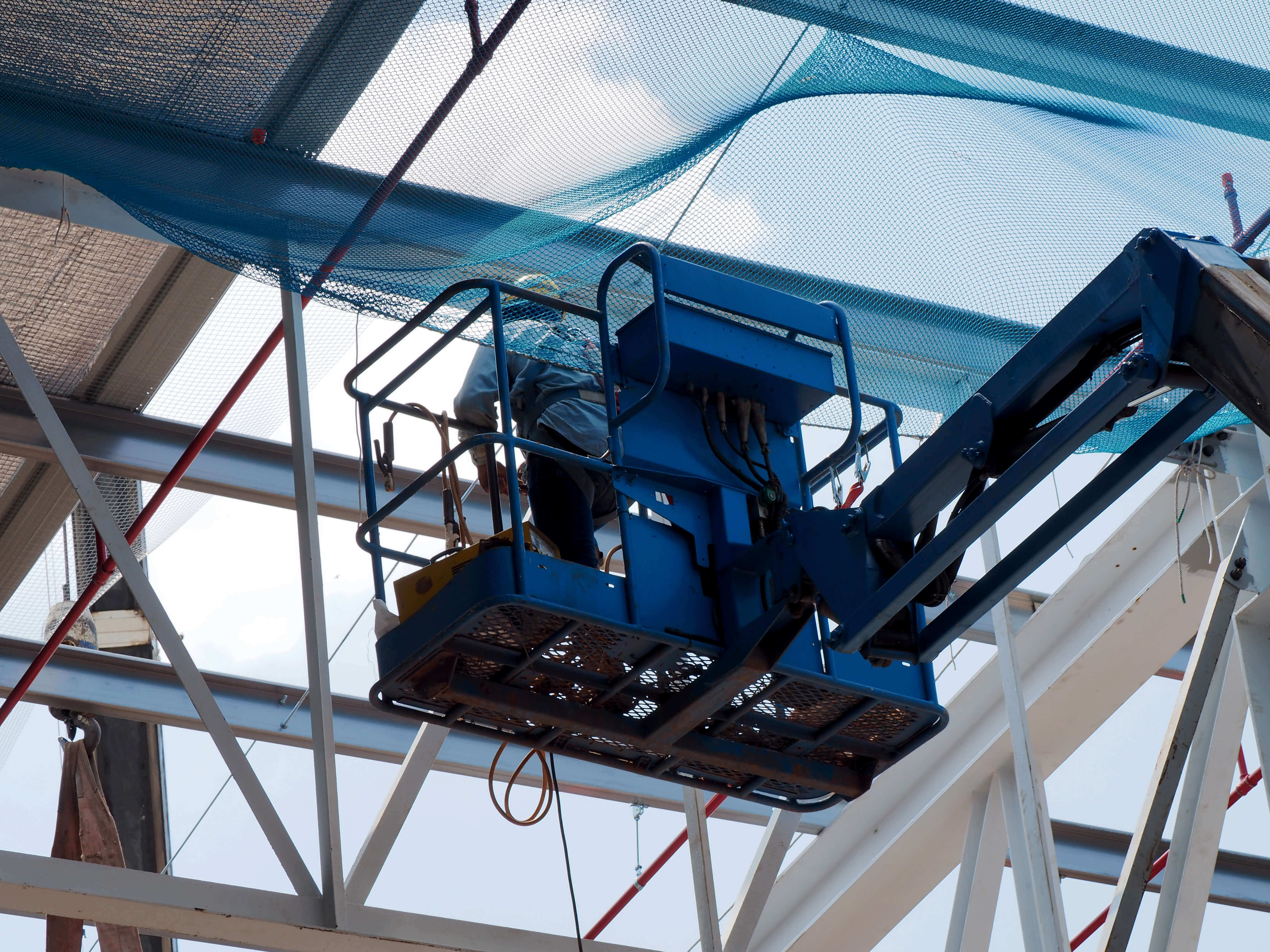One of the major tools you can use to combat COVID transmission is ventilation in the workplace. Unfortunately, during the winter months, opening windows and doors can have a detrimental effect on working conditions. Working in a cold environment can feel unpleasant and distracting. If your workplace is too cold, it can also pose health risks.
Here, we’ll take a look at some of the ways you can manage ventilation in your workplace during the cold winter months.
Ventilation in the workplace
Why is it important?
It’s not just a COVID-related issue, it’s also relevant to employee wellbeing. Poorly ventilated rooms have a higher risk of transmitting many diseases. On the other hand, good ventilation has many benefits, such as better sleep and fewer sick days.
If your workplace is open to the general public, then ventilation will play an even more important role for the comfort and safety of your customers. Ensure you’re getting it right by conducting a ventilation risk assessment…
Assessing the risks
You need to consider a few factors in your ventilation in the workplace risk assessment, including:
- How many people use or occupy the working area?
- How large is the area?
- What tasks take place in the area?
- Which features affect ventilation in the area?
- How will you tell your employees about the outcome of the assessment?
There are two types of ventilation you need to be aware of: natural and mechanical.
Natural comes through open windows, doors or air vents. Mechanical comes through fans or ducts.
When conducting your assessment, list each work area and document all types of ventilation and the features that affect it. You should also make note of any local exhaust ventilation (LEV) which controls risks from hazards such as dust or welding fumes.
Finally, consider the age of complexity of your systems. This is particularly important if you’re working in an old building, or one with multiple floors that use different ventilation systems.
Addressing COVID-19 specifically, recirculating indoor air doesn’t reduce transmission risk. Where possible, you should set systems to use a fresh air supply.

Carbon dioxide (CO2) monitors
One effective way of monitor ventilation in the workplace is through a CO2 monitor. When people breathe, they exhale CO2. That means, if you can detect a build-up of CO2 in an area, it’s likely you need to improve ventilation.
All workplaces are different, and CO2 levels will vary within any indoor space. For that reason, you need to place the monitor carefully. For best results, place them at head height and away from windows, doors, or air supply openings. Also, try to position them at least 50cm away from people. If your monitors are too close, they may give you a misleadingly high reading.
For more information on the best type of CO2 monitor to use, and how to ensure you get the best results, visit the HSE website here.
Balancing ventilation with warmth in the workplace
You don’t have to sacrifice warmth to provide adequate ventilation. Take a few simple steps to find the perfect medium:
- Partially open windows and doors.
- Open higher-level windows which will create fewer draughts.
- Fully open windows in areas when people aren’t present, such as break & lunch times.
- Relax dress codes to allow staff to wear more comfortable/warm clothing or extra layers.
- Adjust heating to maintain a comfortable temperature while keeping windows open.
- Use additional heaters if necessary – make sure these go through the appropriate testing before deeming them safe for use at work.
If you’re uncertain how staff are feeling—speak to them. They are your best gauge for whether a room is comfortable or not.
Expert support
If you’re struggling to manage ventilation and warmth in your business, or have a health & safety issue you’d like support with, speak to one of experts today on 01455 858 132.
Related resources
Categories
- Business Advice
- Contracts & Documentation
- Culture & Performance
- Disciplinary & Grievances
- Dismissals & Conduct
- Employee Conduct
- Employment Law
- End of Contract
- Equality & Discrimination
- Health & Safety
- Hiring & Managing
- Leave & Absence
- Managing Health & Safety
- Moving
- Occupational Health
- Pay & Benefits
- Recruitment
- Risk & Welfare




